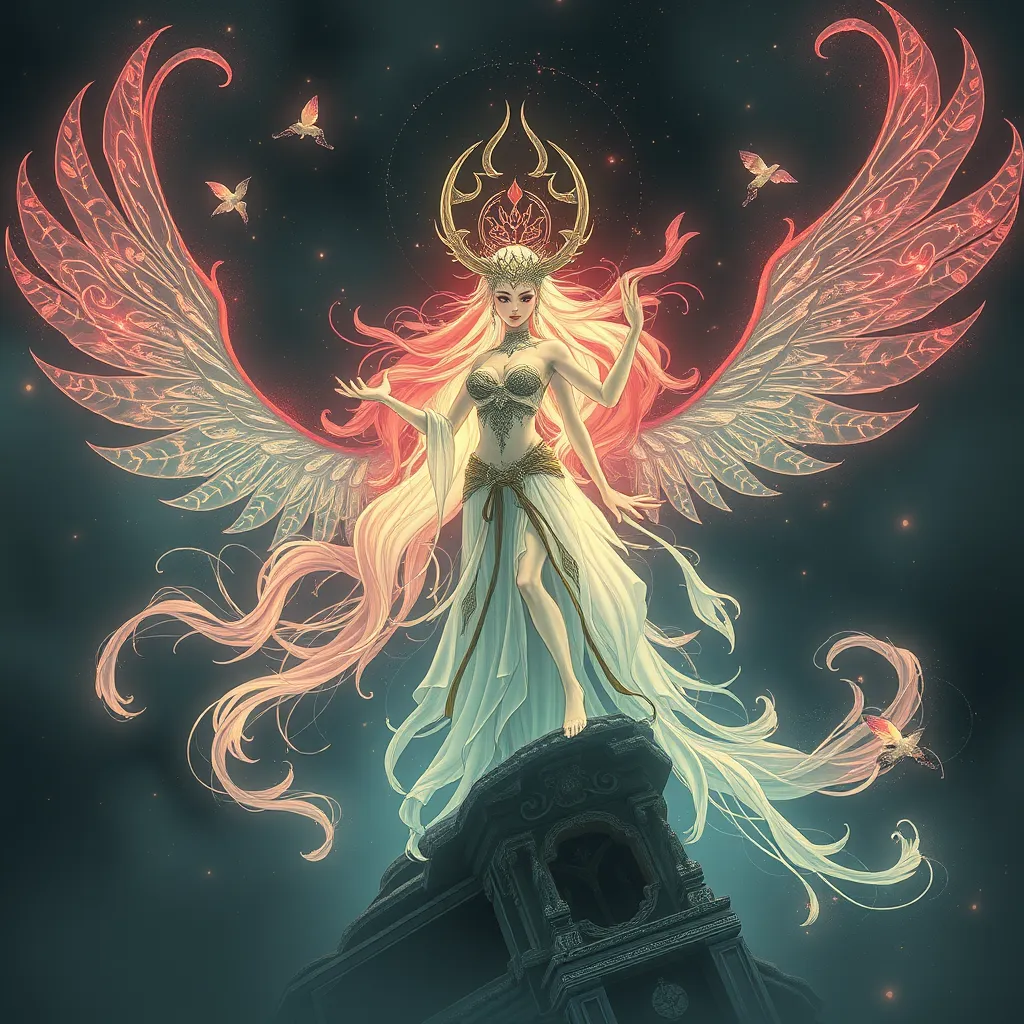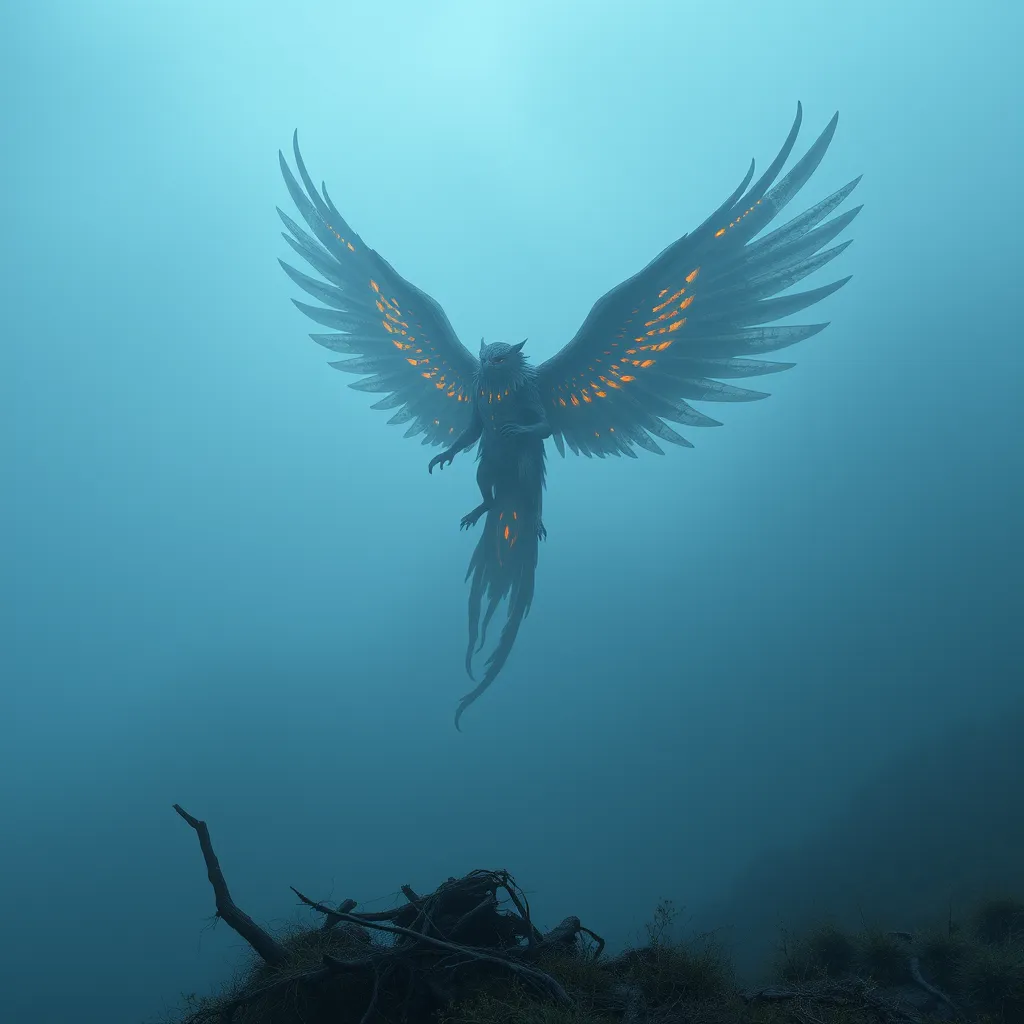Hydra as a Metaphor: Uncovering the Deeper Meaning Behind its Symbolism
I. Introduction
The Hydra, a creature from Greek mythology, is often depicted as a serpentine monster with multiple heads. According to legend, when one head was severed, two more would grow back in its place, making it a formidable opponent. This mythological beast has transcended its ancient origins to become a powerful symbol in various cultures, representing the idea of complexity, resilience, and the multifaceted nature of challenges.
This article aims to explore the Hydra as a metaphor, delving into its historical context, symbolic meanings, and relevance in contemporary culture. By examining the Hydra’s various interpretations, we can uncover deeper insights into our own lives and the challenges we face.
II. Historical Context of the Hydra
A. Origins of the Hydra in Greek mythology
The Hydra is primarily known from the myth of Heracles (Hercules) and his Twelve Labors. According to the myth, the creature resided in the swamps of Lerna and terrorized the surrounding areas. Heracles was tasked with slaying the Hydra as one of his labors. Despite his strength and skill, he found that each time he cut off a head, two more would grow back, symbolizing the seemingly endless nature of certain challenges.
B. The Hydra in ancient texts and artworks
The Hydra appears in numerous ancient texts, including those by Hesiod and Apollodorus, who describe its fearsome nature and the trials it presented to Heracles. Additionally, the Hydra has been a popular subject in ancient artwork, from pottery to sculptures, often depicted in battle with Heracles, highlighting the struggle between man and the monstrous.
C. Symbolism of the Hydra in different mythological narratives
Across various cultures, the Hydra has taken on different symbolic meanings. In some interpretations, it represents chaos and the unknown, while in others, it serves as a cautionary tale about the dangers of hubris and the consequences of trying to control the uncontrollable.
III. The Hydra’s Symbolism: Multitudes and Complexity
A. Interpretation of the multiple heads
The Hydra’s multiple heads can symbolize the complexity of life and the multitude of challenges individuals face. Each head can represent a different problem or obstacle, suggesting that when we tackle one issue, others may arise. This complexity can be overwhelming, but it also reflects the richness of human experience.
B. The concept of regeneration and resilience
The ability of the Hydra to regenerate its heads serves as a powerful metaphor for resilience. In life, setbacks and difficulties can feel insurmountable, but like the Hydra, individuals can find ways to adapt and recover, emerging stronger from their struggles.
C. The Hydra as a representation of challenges and obstacles
The Hydra can also symbolize the challenges that seem to multiply as we confront them. This can be particularly relevant in personal and professional contexts, where dealing with one issue often leads to the emergence of others, creating a cycle of difficulties that requires strategic thinking and perseverance to overcome.
IV. The Hydra in Modern Culture
A. The Hydra in literature and film
In modern literature and film, the Hydra often appears as a metaphor for formidable challenges. Works such as “Harry Potter” and various superhero narratives incorporate the idea of facing multiple adversaries, echoing the myth of the Hydra and the struggle against overwhelming odds.
B. Contemporary uses of the Hydra as a symbol
The Hydra has also found its way into contemporary discussions, representing issues such as systemic problems and societal challenges. For instance, one might refer to a “hydra of bureaucracy” to describe the complex layers of regulations that can hinder progress.
C. The Hydra in political and social commentary
- In politics, the Hydra metaphor may be used to discuss corruption or systemic inequality, where efforts to address one issue reveal deeper, more complex problems.
- Socially, the idea of “fighting a Hydra” can resonate with activists facing multifaceted issues like climate change or social justice, where addressing one aspect leads to the emergence of others.
V. Psychological Interpretations of the Hydra
A. The Hydra as a representation of inner demons
Psychologically, the Hydra can symbolize our inner struggles and fears. The multiple heads may represent different facets of our psyche that we must confront, such as anxiety, depression, or past traumas. Each head embodies a challenge that requires attention and resolution.
B. Exploring the fear of the unknown and the uncontrollable
The Hydra’s regenerative nature can also reflect our fear of the unknown. Just as the creature seems to multiply when attacked, our fears can often feel overwhelming and uncontrollable, leading to a sense of helplessness in the face of adversity.
C. The Hydra in the context of personal growth and transformation
However, confronting our personal “Hydras” can lead to significant growth. By facing our fears and challenges head-on, we can learn resilience and adaptability, ultimately transforming our struggles into sources of strength.
VI. The Hydra and Environmental Metaphors
A. The Hydra as a symbol for ecological challenges
In environmental discussions, the Hydra is increasingly used as a metaphor for the complex and interrelated challenges we face. Issues such as climate change, pollution, and biodiversity loss can be seen as heads of the Hydra, each one representing a different aspect of a larger problem.
B. Implications of the Hydra in discussions of sustainability
Addressing these ecological issues requires a multifaceted approach, much like tackling the Hydra itself. Solutions must encompass various domains, including policy, education, and community engagement.
C. The interconnectedness of environmental issues as a ‘many-headed’ problem
The idea that solving one environmental issue can lead to the emergence of others highlights the interconnectedness of our ecosystem. Just as the Hydra regenerates when one head is cut off, neglecting one aspect of environmental sustainability can exacerbate others.
VII. Lessons from the Hydra: Overcoming Adversity
A. Strategies for tackling seemingly insurmountable challenges
To effectively confront our own “Hydras,” we can adopt various strategies:
- Break down challenges into manageable parts.
- Seek support and collaboration from others.
- Maintain a growth mindset, viewing setbacks as opportunities for learning.
B. The importance of adaptability and perseverance
Adaptability and perseverance are crucial when facing complex challenges. Just as Heracles had to devise a new strategy to defeat the Hydra, individuals must be willing to adjust their approaches and remain committed to their goals, even in the face of adversity.
C. Empowering narratives inspired by the Hydra metaphor
The story of the Hydra can inspire empowering narratives in our lives. By embracing the idea that challenges can lead to growth, we can transform our struggles into sources of motivation and resilience.
VIII. Conclusion
The Hydra serves as a multifaceted symbol that resonates with various aspects of human experience, from personal struggles to environmental challenges. Its legacy in mythology and modern culture underscores the complexity of life and the resilience required to overcome obstacles. As we reflect on our own “Hydras,” we are encouraged to confront our challenges with courage, adaptability, and a commitment to personal growth.
In a world where difficulties often seem to multiply, embracing the Hydra metaphor can empower us to navigate our struggles and emerge stronger on the other side.



